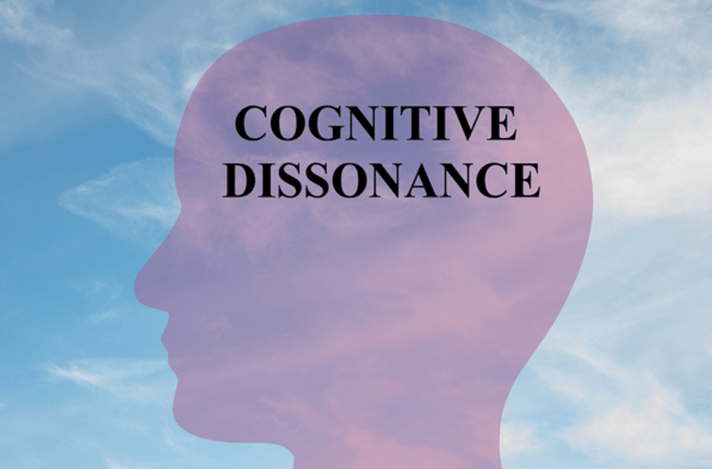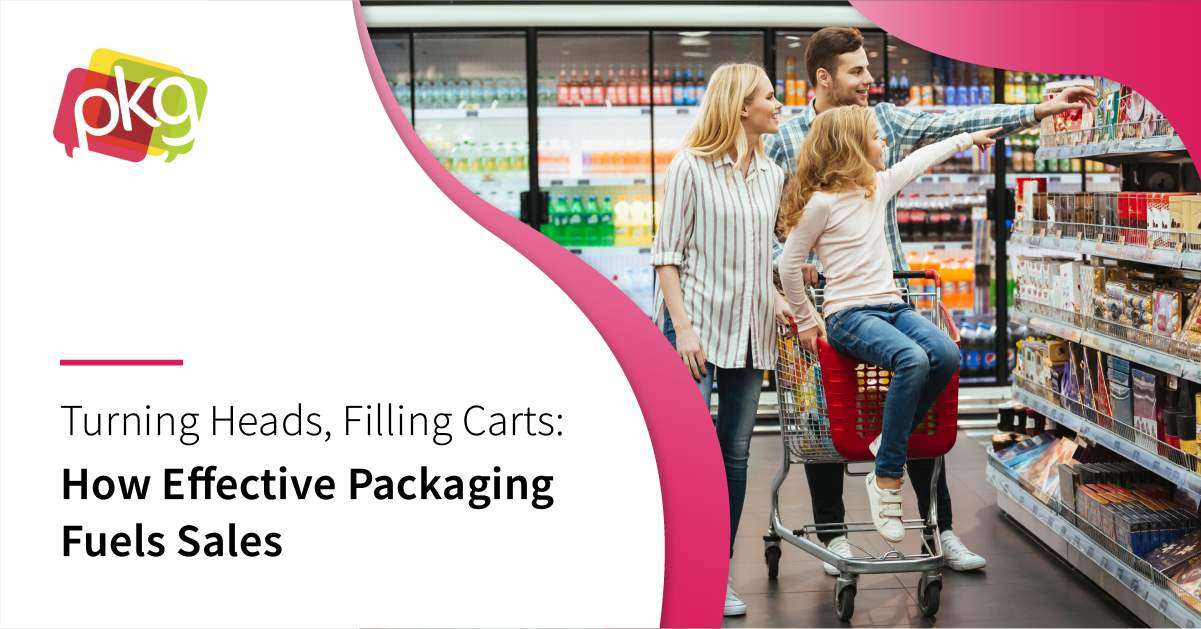 Good packaging design requires an understanding of human psychology. Since that is true, those tasked with designing food and beverage packaging must take care to use what they know about human psychology in an effective way while maintaining ethical standards.
Good packaging design requires an understanding of human psychology. Since that is true, those tasked with designing food and beverage packaging must take care to use what they know about human psychology in an effective way while maintaining ethical standards.
Consumers, of course, do not like to feel as if they have been manipulated. Thus, it falls upon manufacturers to find a way to persuade consumers to make certain purchasing decisions without crossing the line into overt manipulation.
Perhaps nowhere is that line thinner than it is when packaging designers use the psychological concept of cognitive dissonance to influence buyer behaviors.
What Cognitive Dissonance Is
Humans have an inherent need to ensure that their beliefs and behaviors are consistent with each other. Inconsistency in belief and behavior leads to internal disharmony and causes stress. Cognitive dissonance refers to a situation involving conflicting attitudes, beliefs or behaviors. This produces a feeling of discomfort leading to an alteration in one of the attitudes, beliefs or behaviors to reduce the discomfort and restore balance.
When confronted with this feeling of discomfort, the natural inclination of a person is to take steps to reconcile the two conflicting factors. For instance, consider the case of a smoker. The smoker may know very well that smoking is harmful to his health.
However, warring with that thought is the smoker's determination to continue smoking. To alleviate the cognitive dissonance that causes, a smoker may rationalize his actions by accepting the belief that the dangers of smoking have been exaggerated. This alteration of his beliefs creates harmony and alleviates cognitive dissonance. Or perhaps the smoker decides to quit smoking. This, too, alleviates the stress caused by cognitive dissonance, because once again, his beliefs and behaviors harmonize.
How Cognitive Dissonance Can Be Used in Packaging Design
Marketers seek to move consumers to action and cognitive dissonance does, indeed, move people to action. However, the concept of cognitive dissonance must be used with a deft hand to avoid the possibility of consumers feeling manipulated.
Taking cognitive dissonance too far will lead to disastrous results for your product. For instance, cognitive dissonance can lead to what is known as "buyer's remorse", causing a consumer to return a product to relieve the tension created.
A recent PackWorld.com article notes:
"The true trick here is riding that fine line between overt manipulation and a subconscious suggestion that your product will enrich the life of the consumer. A 'good deal' will sell your product once, but a good feeling will create a long-term customer."
The point of good packaging design is to prompt a consumer to purchase your product. Your packaging should provide the consumer with compelling justification for choosing your product over other available products from your competitors.
Subtle cues that can help a consumer justify a purchase could be as simple as including positive assurances such as "heart-healthy" or "all-natural" on your labeling, or perhaps using images on your packaging that prompt happiness or contentment.
Features such as these incorporated into your packaging design help consumers feel good about the purchases they make and alleviate feelings of cognitive dissonance. And that prompts sales.

Use psychology to give consumers a reason to choose your brand.
The Importance of Consumer Testing
How, though, can manufacturers get a solid grasp of where that fine line is between subtle persuasion and overt manipulation? One of the best ways to go about that is to employ extensive consumer testing. PKG's Consumer First™ approach enables you to do just that. PKG talks to consumers every day, digging for insights about consumer reaction to your products and packaging designs.
Armed with actionable insights from consumers, PKG works with you to promote your brand across your entire product line in the way that will be best received by your consumers. Contact us today to begin a discussion about a branding strategy for your products.
 |
 |







